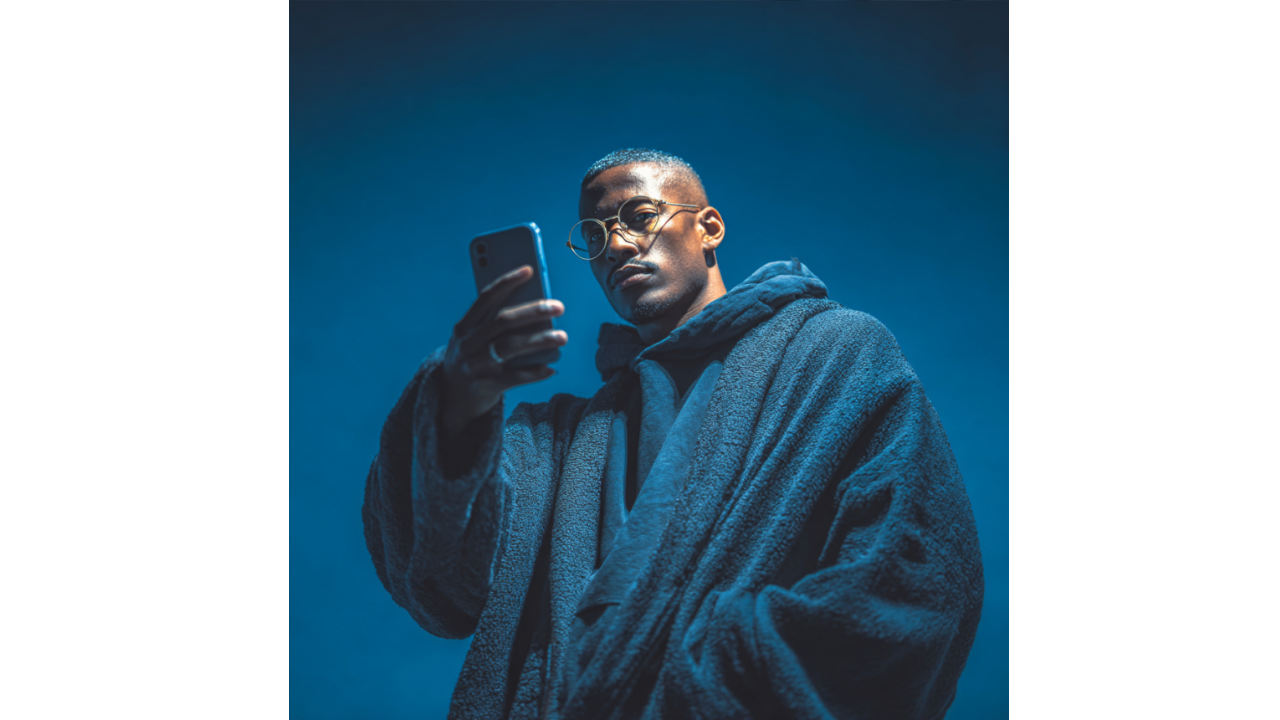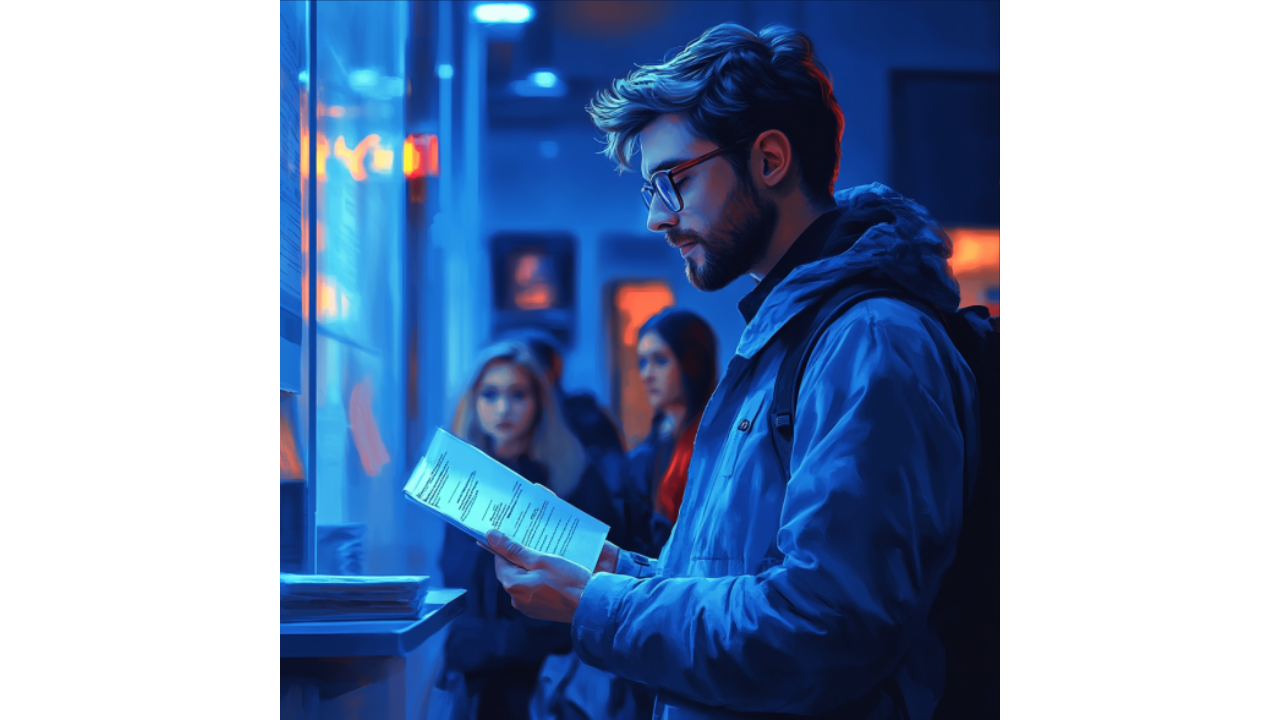The Neurodivergent Creator Economy
Neurodivergent creators are quietly revolutionizing the digital economy, turning their unique perspectives into thriving businesses while working...
4 min read
 Neurodivergence Writing Team
:
Mar 31, 2025 3:21:36 PM
Neurodivergence Writing Team
:
Mar 31, 2025 3:21:36 PM
-1.png)
We inhabit a marketing landscape where video dominates. Yet within this visual cacophony lies a profound opportunity: creating content that resonates across neurological differences. The conventional approach to video marketing assumes a neurotypical audience with predictable processing patterns. But what if we designed content that works for minds that process information differently? Not only would we reach the estimated 15-20% of the population with neurodivergent traits—we would create more effective content for everyone.
Neurodivergence encompasses a spectrum of processing styles including autism, ADHD, dyslexia, and others. Each brings distinct strengths and challenges to information processing. Rather than viewing these as limitations to work around, we can understand them as alternative processing pathways that expand our creative possibilities.
Consider how ADHD minds often excel at parallel processing and novelty detection but may struggle with sustained attention to predictable content. Autistic processing frequently brings exceptional pattern recognition and detail orientation but can be overwhelmed by excessive sensory input. Dyslexic processing often features extraordinary spatial reasoning and creative connection-making alongside text processing differences.
These processing styles aren't disorders to accommodate—they're different operating systems for human cognition. When we design video content with these variations in mind, we create more accessible, engaging experiences for everyone.
Creating neurodivergent-friendly video begins with sensory considerations. The sensory environment forms the foundation upon which all other processing occurs. When this foundation is unstable, even the most brilliant content becomes inaccessible.
For autistic viewers and others with sensory sensitivities, unpredictable volume changes, rapid scene transitions, strobing effects, and certain sound frequencies can trigger sensory overload—not merely annoyance but genuine neurological distress that prevents engagement.
Best practices include:
These considerations benefit all viewers but make the difference between accessibility and exclusion for many neurodivergent audiences.
ADHD and similar attention variations bring different rhythms to information processing. Rather than attempting to force these minds into traditional content structures, effective video marketing adapts to diverse attention patterns.
This means reconsidering fundamental assumptions about content pacing:
One particularly effective approach involves the "milestone method"—breaking content into distinct segments with clear transitions and recaps. This allows ADHD viewers to maintain orientation even if attention briefly shifts, while providing valuable reinforcement for all audiences.
Dyslexia, language processing differences, and auditory processing variations all benefit from multi-channel information delivery. When information comes through multiple sensory channels simultaneously, processing becomes more robust and accessible.
Practical applications include:
This approach leverages the neuroscience of redundant coding—the brain processes information more effectively when it arrives through multiple channels, creating stronger neural connections and better retention.
Every mind has finite processing capacity. Neurodivergent processing often involves different cognitive load distributions—areas of extraordinary capacity alongside areas requiring more resources. Effective video content respects these variations by managing cognitive load intentionally.
This includes:
These principles benefit everyone but make content accessible to those with processing differences that might otherwise prevent engagement.
Microsoft's shift toward inclusive design principles provides instructive lessons for video marketing. Their approach begins not with accommodations but with recognition of human cognitive diversity as the baseline reality.
Their most successful video content follows principles of:
This approach has not only expanded Microsoft's audience reach but has created more effective content for all users—demonstrating how design for neurodivergence enhances universal engagement.
Perhaps the most revolutionary aspect of neurodivergent-inclusive video marketing is abandoning the myth of the average viewer. Traditional approaches design for an imaginary "typical" mind that doesn't actually exist, missing the rich variation of human cognition.
Instead, we can embrace what cognitive scientists call "the jagged profile"—the understanding that every mind presents a unique landscape of cognitive strengths, preferences, and processing styles. This perspective shifts our approach from designing for an abstract average to creating flexible content that works across cognitive variations.
In practical terms, this means:
The most exciting aspect of neurodivergent-inclusive design isn't accommodation—it's innovation. When we create for cognitive diversity, we discover new approaches that improve the experience for everyone.
Consider how a video designed to work without sound (for those with auditory processing differences) often communicates more effectively even for neurotypical viewers watching in sound-sensitive environments. Or how content structured to maintain ADHD engagement often proves more compelling for all audiences.
The future of video marketing lies not in designing for an increasingly outdated concept of "normal" processing but in creating flexible, multi-dimensional content that works with human cognitive diversity rather than against it.
We don't create neurodivergent-inclusive content merely as accommodation. We do it because cognitive diversity drives innovation, creativity, and effectiveness. The most successful video marketing of the coming decade will be that which embraces the full spectrum of human minds—not as an afterthought, but as the foundation of the creative process itself.
At Winsome Marketing, we understand the competitive advantage of neurodivergent-inclusive design. Our team includes neurodivergent creatives and strategists who bring cognitive diversity to every project. Contact us to discover how we can help your video content reach minds that process differently—and everyone else in the process.

Neurodivergent creators are quietly revolutionizing the digital economy, turning their unique perspectives into thriving businesses while working...

Pop quiz: How many infographics have you seen that are basically just walls of text... with icons sprinkled on top?

As more companies aim to understand and cater to neurodivergent consumers, ethical data collection practices are essential. Neurodivergent...